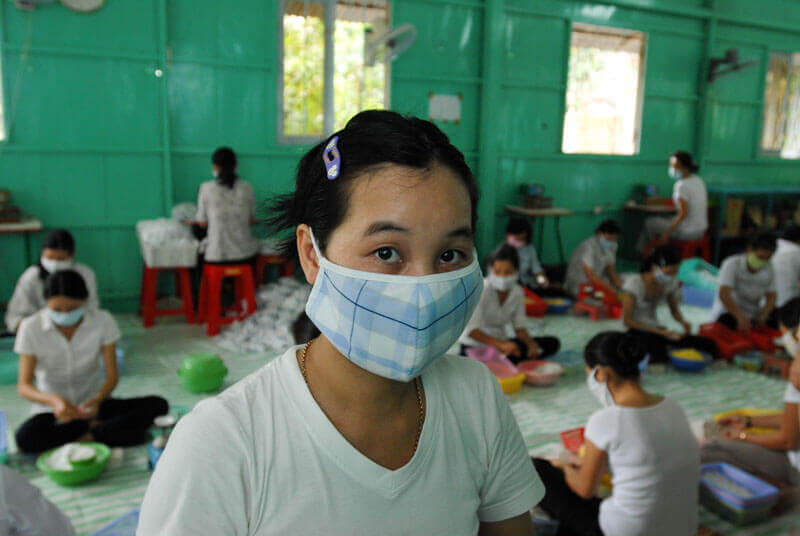Kat KelleyGHTC
Kat Kelly is a senior program assistant at GHTC who supports GHTC's communications and member engagement activities.
The zoonotic Middle East Respiratory Syndrome (MERS), which World Health Organization (WHO) Director-General Dr. Margaret Chan called “a threat to the entire world” has spread to South Korea. More than 100 cases and 10 deaths have been reported, making it the largest outbreak outside of the Arabian Peninsula. While there are currently no vaccines or treatments for MERS, researchers are confident that with adequate political will and funding, such products could be rapidly advanced.

Dr. Matthew Frieman, a professor and researcher at the University of Maryland School of Medicine, has developed an experimental vaccine in partnership with vaccine company Novavax Inc. that successfully protected mice against the MERS virus. Greffex, another vaccine company, has already worked with the US National Institute of Allergy and Infectious Diseases to develop a vaccine that triggers the production of antibodies—proteins that protect against the disease—in mice. Dr. Frieman and Greffex CEO John Price agree that funding and political will are the only barriers to the development of a MERS vaccine. According to Price, Greffex could develop a MERS vaccine candidate in less than a month with a sample of the virus, but they lack the funding to conduct clinical trials. Researchers have also struggled to obtain the needed information and materials—including samples of the virus—from scientists in Saudi Arabia. In the meantime, Frieman is working to test existing, approved drugs for the treatment of MERS, and has identified 27 drugs that have demonstrated potential in combatting MERS in a laboratory setting.
At this year’s G7 summit, leaders of seven countries—including Canada, France, Germany, Italy, Japan, the United Kingdom, and the United States— pledged to advance research and development (R&D) for neglected tropical diseases and new antibiotics. The members of the G7 committed to supporting everything from basic research through the development of “easily usable and affordable drugs, vaccines and point-of-care [diagnostics].” The G7 Leaders' Declaration also endorses the WHO Global Action Plan on Antimicrobial Resistance and the WHO Global Observatory on Health Research and Development, highlighting the need for improved coordination of global health R&D.
In a New York Times op-ed, Gregg Gonsalves and Mark Harrington, co-founders of the Treatment Action Group, reflected on lessons learned about the US Food and Drug Administration’s (FDA) drug approval process during the US HIV and AIDS epidemic. The article comes as Congress is considering the 21st Century Cures Act, a bill intended to advance medical breakthroughs, in part through FDA reform. The legislation includes several provisions to expedite the approval of drugs and medical devices based on what Gonsalves and Harrington consider to be “lower standards.” The authors assert that while innovative regulatory pathways—such as the Accelerated Approval Program—enabled early access to new HIV and AIDS drugs, pharmaceutical companies were still required to demonstrate the safety and efficacy of products before they entered the market. Additionally, in the case of preliminary approval, companies were expected to continue and complete clinical trials. To protect patient safety, Gonsalves and Harrington argue that such standards should be upheld, reminding Congress that those standards “paved the way for the development and approval of breakthrough drugs [that] have been proven to be effective and safe.”
There are nearly 170 contraceptives products in the R&D pipeline, from discovery, through product development, to regulatory review. Researchers, advocates, funders, and procurement agencies can now find information about these products all in one place through Calliope, the Contraceptive Pipeline Database, a new resource developed by GHTC member FHI 360. Calliope includes information regarding the R&D stage, the partners, the active pharmaceutical ingredients, the delivery and duration, and the mechanism by which the technologies prevent pregnancy. The contraceptive pipeline is diverse, and includes vaccines, microbicides, implants intrauterine devices and balls, pills, and even microchips. The exchange was created to galvanize contraceptive R&D for low-resource settings through knowledge sharing and the facilitation of cross-sector partnerships.